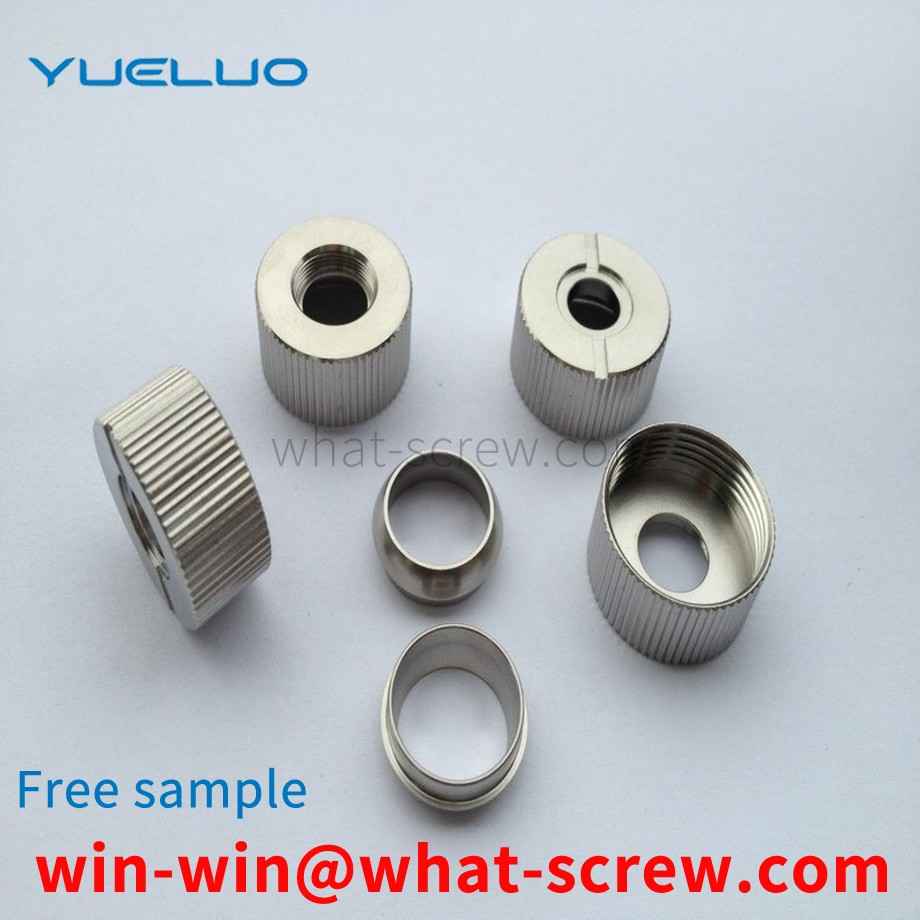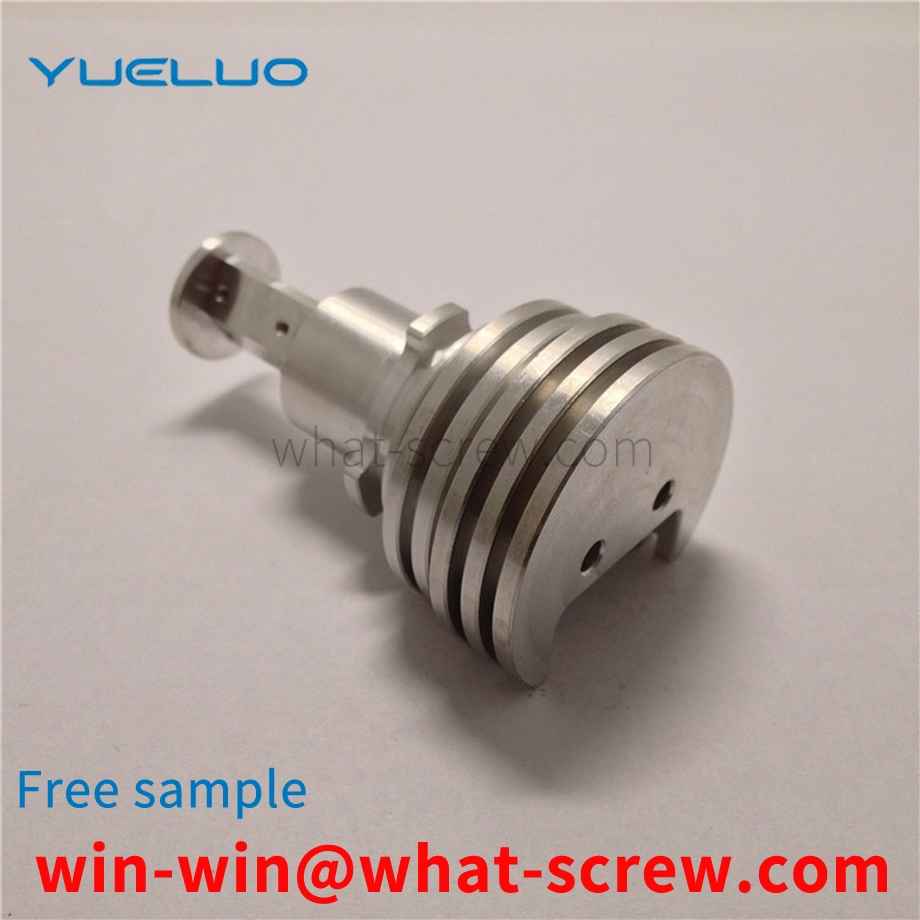The tail of the drill tail screw is in the shape of a drill tail or a pointed tail, and no auxiliary processing is required. Drilling, tapping and locking can be directly carried out on the setting material and basic material, which greatly saves construction time. Compared with ordinary screws, its toughness and pull-out force and maintenance force are high, and it will not loosen for a long time after combination, so it is safe to use. Especially in the combination of construction, construction, residential and other places, self-tapping and self-drilling screws are the best economical fasteners in terms of workability, cost and reliability. Now the construction of high-rise buildings and high-speed traffic in mainland China requires more high-quality drill screws;
The pressure riveting nut is divided into free-cutting steel pressure riveting nut S type, stainless steel pressure riveting nut type CLS, stainless iron pressure riveting nut SP type and copper and aluminum pressure riveting nut CLA type, which should be used in different environments. . Sizes are usually from M2 to M12. There is no unified national standard for rivet nuts, and they are often used in chassis cabinets and sheet metal industries. S series, CLS series, SP series pressure riveting nuts use the internal thread as a simple method to install in precision sheet metal products, and use small and precise nuts for reliable fixing to completely process the side plate of the sheet metal. The nut is inserted into the hole of the metal plate, and the inlay strengthening function is completed by pressure. Application advantages 1. The back of the plate remains completely flat; 2. Small size and precision, suitable for all electronic or precision equipment; 3. High torque resistance; 4. Easy equipment, simple riveting; 5. Standardized serialization can meet various design requirements .
Locating pins are widely used in mechanical equipment and automated assembly lines. There are many types of locating pins, including fixed locating pins, replaceable locating pins, tapered locating pins, edged locating pins, standard diamond locating pins, spring locating pins, etc. The function is to limit the free movement of parts and objects. Users often choose different positioning pins according to the actual conditions of the parts, for example, according to the occasion of use, requirements and performance, etc., to reasonably choose positioning pins of different shapes and performances. At present, users usually use a combination of cylindrical pins and edge-cutting positioning pins as the positioning method for gripper positioning methods in automatic line accompanying tooling and automatic grasping.
The blind rivet is realized by pulling the core head. With the help of a force from the inside to the outside, under the action of the unidirectional pulling force, the pulling screw is pulled upwards, which causes the outer collar material to expand and deform, resulting in a sexual tightening force. , After the riveting is completed, the tension screw in the middle part breaks and falls out. Since a large pulling force is required to cause the rivet to expand and deform, the tensile screw is longer and accounts for about 60-80% of the total length of the rivet. At the same time, due to the limitation of the deformation mode, it is difficult for the blind rivet to be made into a hexagonal structure like a rivet nut, so the torsion resistance of its connection is low.
According to the force of the connection, it is divided into ordinary and hinged holes. According to the shape of the head: there are hexagonal head, round head, square head, countersunk head and so on. Among them, the hexagonal head is the most commonly used. Generally, countersunk heads are used where connections are required. The English name of the riding bolt is U-bolt. It is a non-standard part. The shape is U-shaped, so it is also called a U-bolt. There are threads on both ends that can be combined with nuts. It is mainly used to fix tubular objects such as water pipes or sheets such as automobile plates. Springs are called riding bolts because of the way they fix things like a person rides a horse. According to the length of the thread, it is divided into two categories: full thread and non-full thread. According to the thread type, it is divided into two types: coarse thread and fine thread. The coarse thread type is not displayed in the bolt mark. The bolts are divided into eight grades: 3.6, 4.8, 5.6, 6.8, 8.8, 9.8, 10.9, and 12.9 according to their performance grades. Among them, the bolts above grade 8.8 (including grade 8.8) are made of low-carbon alloy steel or medium-carbon steel and are heat-treated (quenched). + Tempering), commonly known as high-strength bolts, and below grade 8.8 (excluding 8.8) are commonly known as ordinary bolts. Ordinary bolts can be divided into three grades: A, B, and C according to the production accuracy. Grades A and B are refined bolts, and grade C is rough bolts. For connecting bolts for steel structures, unless otherwise specified, they are generally ordinary rough grade C bolts. There are differences in the processing methods of different grades. Usually the corresponding processing methods are as follows: ① The bolts of grade A and B bolts are processed by lathes, with smooth surfaces and accurate dimensions. High, rarely used; ②C-grade bolts are made of unmachined round steel, the size is not accurate enough, and its material property grade is 4.6 or 4.8. The deformation is large during shear connection, but the installation is convenient and the production cost is low. It is mostly used for tensile connection or temporary fixation during installation.
We have many years of experience in the production and sales of screws, nuts, flat washers, etc. The main products are: solid trademark rivets, production of cold heading screws, concave washers, iron non-standard parts and other products, we can provide you with suitable fasteners piece solution.



















 Service Hotline
Service Hotline




